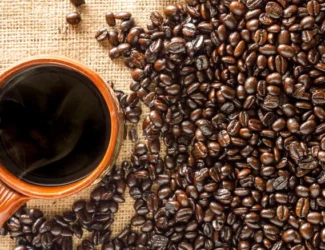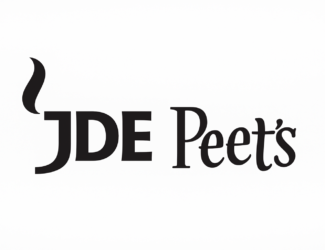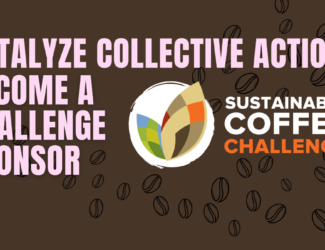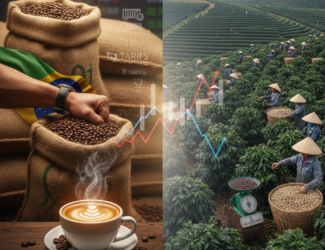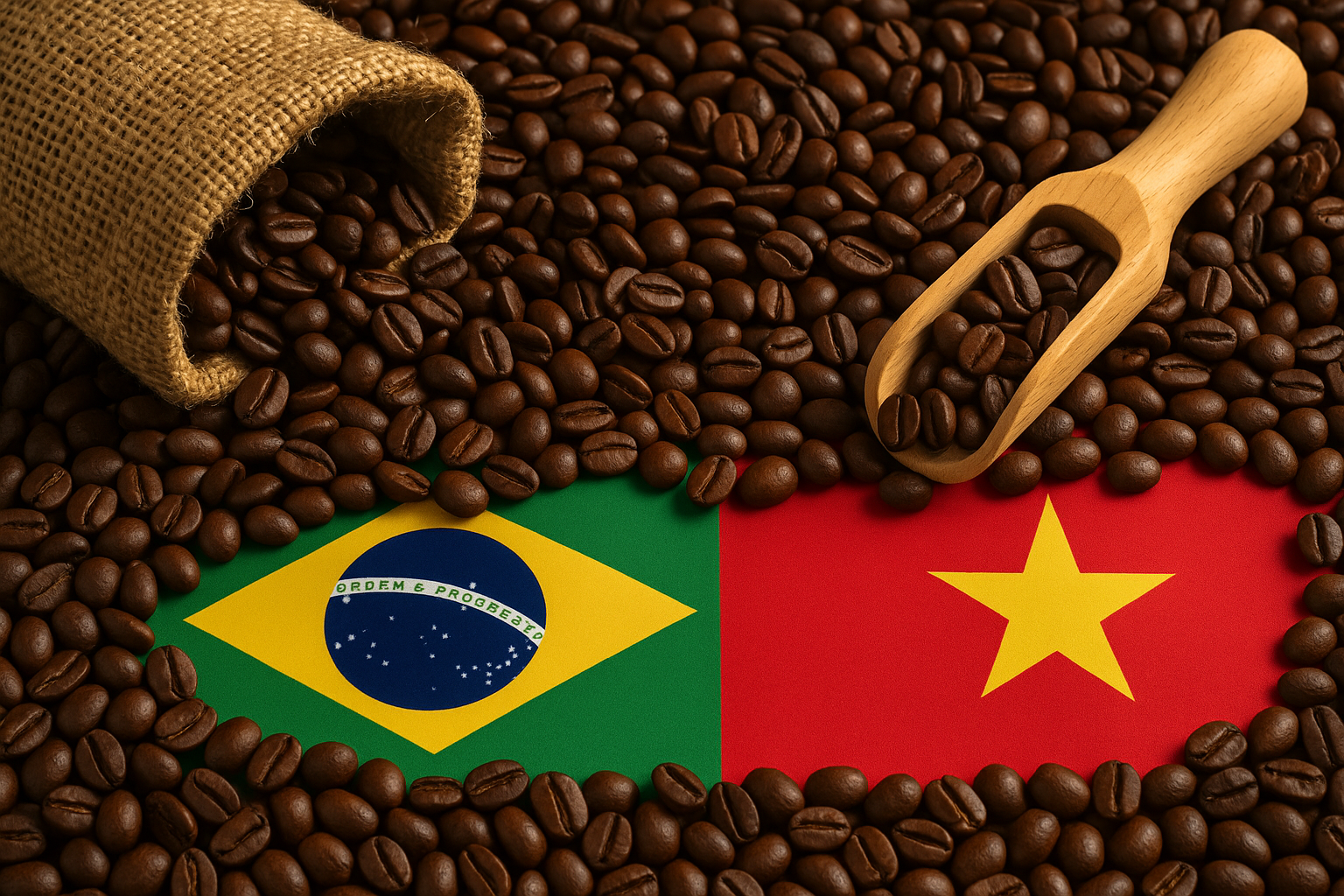
Global Coffee Prices Rise on Brazil and Vietnam Supply Concerns Amid Tariff and Weather Pressures
Coffee prices continued their upward momentum this week, fueled by mounting concerns over shrinking supply from Brazil and Vietnam—two of the world’s leading coffee producers. On Friday, July arabica futures (KCN25) closed up 0.19% at +0.75 cents, while July robusta (RMN25) surged by 3.22% (+165 points), capping a volatile but overall bullish trading week.
Earlier in the week, arabica prices reached a 2.5-month high, and robusta hit a 5-week peak following a sharp downgrade in Brazil’s crop forecast. Rabobank projected that Brazil’s 2025/26 arabica harvest will fall by 13.6% year-over-year to 38.1 million bags, citing prolonged drought that disrupted flowering in key coffee-growing regions.
Meanwhile, robusta prices have been propped up by dwindling exports from Vietnam. The Vietnam Customs Department reported a 15.3% year-over-year drop in Q1 exports, totaling just 495,780 metric tons—tightening supply in a market already under pressure.
Additional bearish signals came from Brazil’s export data. Cecafe announced that green coffee exports fell 26% year-over-year in March to 2.95 million bags. Separately, Brazil’s crop agency Conab lowered its 2025/26 total coffee production forecast by 4.4% to 51.81 million bags, the lowest in three years. It also revised its 2024 estimate downward to 54.2 million bags from 54.8 million.
Despite those figures, recent rainfall in Brazil may ease some production concerns. Weather service Somar Meteorologia reported that Minas Gerais, Brazil’s main arabica region, received 38.7 mm of rain in the week ending April 19—an astonishing 490% of the historical average. This rainfall could improve flowering conditions and potentially stabilize yields.
On the demand side, however, headwinds are growing. Major global brands like Starbucks, Hershey, and Mondelez International warned that new U.S. tariffs on imports—starting at 10%—will likely raise product costs and hurt consumer demand.
Inventory data remains mixed. As of Wednesday, ICE-monitored robusta inventories dropped to a four-month low of 4,225 lots, indicating tight supply. In contrast, arabica inventories rose to a 2.5-month high of 828,119 bags by Friday.
Drought conditions in Vietnam continue to weigh heavily on robusta output. The 2023/24 crop fell by 20% to 1.472 million metric tons—the smallest in four years. Vietnam’s 2024 exports dropped 17.1% year-over-year to 1.35 million metric tons. Furthermore, the Vietnam Coffee and Cocoa Association lowered its 2024/25 production outlook to 26.5 million bags from a prior estimate of 28 million.
Meanwhile, Rabobank projects that Brazil’s 2025/26 robusta output will rise by 7.3% year-over-year to a record 24.7 million bags—offsetting some of Vietnam’s losses.
Global export trends present a mixed picture. While Brazil’s 2024 exports hit a record 50.5 million bags—up 28.8% from the previous year—the International Coffee Organization (ICO) reported a 12.4% decline in global exports for December, totaling 10.73 million bags. Exports for Q4 2024 declined by 0.8% to 32.25 million bags.
According to the USDA’s biannual report, global coffee production in 2024/25 is expected to rise by 4.0% to 174.86 million bags. Arabica output is projected to grow by 1.5%, and robusta by 7.5%. However, ending stocks are forecasted to decline by 6.6%, reaching a 25-year low of 20.87 million bags—down from 22.35 million in 2023/24.
Brazil’s 2024/25 production outlook was also lowered by the USDA to 66.4 million metric tons, down from its earlier forecast of 69.9 MMT. End-of-season inventories are expected to fall 26% year-over-year to just 1.2 million bags.
Looking ahead, Volcafe has revised its Brazil arabica forecast for the 2025/26 season down to 34.4 million bags—11 million bags lower than September projections—following a damaging crop tour. The company anticipates a global arabica deficit of 8.5 million bags for 2025/26, widening from a 5.5 million bag shortfall in 2024/25. If realized, this would mark the fifth consecutive year of arabica supply deficits.



